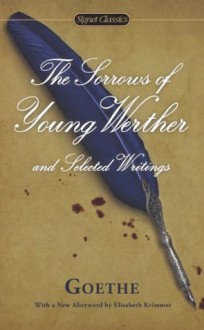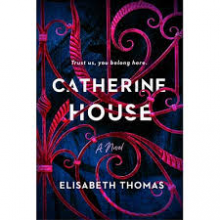






The evidence the officials discover, labeled the crime a home invasion. Ruby’s mother lied dead at the scene. In this Chicago black community, this was just another crime committed and marked in the books. Yet, some individuals knew exactly what had occurred behind the doors of this house throughout the years. They knew the truth. The abuse that had been silenced and buried for years was finally over and Alice was finally free from her husband, Lebanon. Ruby knew it too for she lived it, day in and day out. Alone now with her father, Ruby faces the reality that it’s just her and her abusive father.
Layla is Ruby’s friend and what a great friend she is. Although Layla was told by her father Jackson, to stay-out-of-it, Layla can’t. Jackson, a pastor of this community’s church and some members of the congregation know what Lebanon is capable of but their actions and voices are silent. Layla steps up to help Ruby providing much more than I realized she had in her.
Crossing timelines and hearing from multi-viewpoints, it took me a while to get into the flow of this book. I liked how Layla kept at Ruby, she never gave up and she questioned Ruby and didn’t preach at her constantly. I thought having all the different characters and viewpoints was interesting and made for a more-rounded book, although keeping them separate took some work, on my part. Set in Chicago, the book addresses many issues such as domestic violence, race, a church community, family and friendship. I received this book from NetGalley and Park Row in exchange for an honest opinion (a few years ago).

TITLE: The Sorrows of Young Werther and Selected Writings
AUTHOR: Johann Wolfgang von Goethe
___________________________
DESCRIPTION:
The Sorrows of Young Werther (German: Die Leiden des jungen Werthers) is a loosely autobiographical epistolary novel by Johann Wolfgang von Goethe. First published in 1774, it reappeared as a revised edition in 1787. It was one of the most important novels in the Sturm und Drang period in German literature, and influenced the later Romantic movement. Goethe, aged 24 at the time, finished Werther in five-and-a-half weeks of intensive writing in January–March 1774. The book's publication instantly placed the author among the foremost international literary celebrities, and was among the best known of his works. This classically tragic story is one of unrequited love.
___________________________
REVIEW:
I was expecting a romance novel stuffed full of sentimental drivel. And there was a lot of maudlin fluff, but also a bit of philosophy and psychological drama, which is heightened by the epistolary format. Werther has a rather "interesting" method of revenge (if you can call it that), if nothing else. There were also interesting insights into 18th century German life, especially for that rising class of people between the peasants and the nobility. The writing was so descriptively poetic and beautiful, especially when it comes to describing nature. I'm quite happy to put up with Werther's self-indulgent saccharine thoughts just to read Goethe go on about cabbages and trees. I liked this book a great deal more than most of the novels by Jane Austen.
The Signet edition comes with other writing relating to the Sorrows of Young Werther, as well as two charming fairy tales written by Goethe, and an introduction that summarizes the influence of this novel on literate public at the time and literature in general.

Catherine House is an experimental college that requires its students to make a commitment. If accepted, tuition is free, but students must bring nothing with them of their former lives and agree to stay on the premises of Catherine House for three years with little or no contact with your family and friends, or even news.
It is a heavy cost, but Catherine House offers results. Alumni include award-winning scientists, famous artists, and no less than two Presidents of the United States. There is a heavy blanket of secrecy over the House and its buildings. The biggest secret surrounds the mysterious New Materials concentration. Some years before a scientist published fantastic results of pins rebuilding a broken porcelain vase as if it had never shattered, but these results were discredited. Yet, the concentration continues.
These mysteries mean little to Ines as she enters the gates. Her life circled down the drain shortly after completing the rigorous interview process and was surprised to learn she'd been accepted. She is running away from something and three years away from the world seem exactly what she needs.
Thomas builds a strange world with 'Catherine House', it has all of the hallmarks of collegiate fiction: young people finding themselves, etc., but overlaid with claustrophobia. There's something stifling about the faded grandeur of the college-that-is-not-a-college. There are many characters, but there were a few fuzzy spots that didn't make sense in the tight world of the novel. There are many nameless and faceless people wandering around when in that small of a community, everyone is going to know everyone. Also, it was never made clear why Ines was so special.
The writing was compelling, but ultimately the book didn't lead anywhere. There is a plot and dark revelations, but readers will guess them long before the reveal. The book is about atmosphere and that is what you will get.
